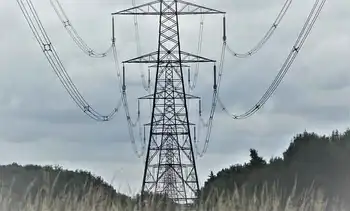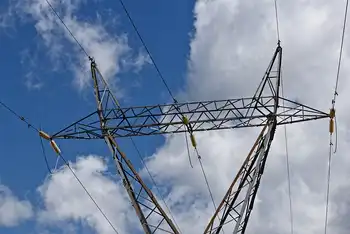Drought Hits Power Price On Prairie
SAN FRANCISCO -- - Severe drought on the North American prairie is forcing big hydroelectric utilities to scramble for replacement power, pushing electricity prices to more than twice year-ago levels.
The situation is especially harsh in Canada, drying up the usual flow of megawatts sent south into the United States.
Canada's Manitoba Hydro, a major electricity supplier for utilities and marketers in Minnesota, Wisconsin and the Dakotas, is one of those feeling the pinch.
The Winnipeg-based utility's electricity export sales in the first half of fiscal 2002-2003 fell CAN$51 million from the year-earlier period to $263 million, while expenses jumped $18 million for purchases of replacement power and financing.
Manitoba Hydro projects $70 million to $107 million in earnings for the fiscal year ending March 31, down from $214 million in the prior year.
The Western Area Power Administration, a US agency that runs a vast hydro system in the western states, has been forced to buy higher-cost power from coal- and natural gas-fired plants to meet supply commitments to municipal utilities, irrigation districts, Indian tribes and other customers, said LaVerne Kyriss, WAPA spokeswoman.
The snowpack in Montana that provides most of the water that flows through WAPA's hydro plants on the upper Missouri River is only at 58 per cent of normal and reservoir storage levels in the state are below average, Kyriss said.
The agency's Missouri River hydro system, which has the capacity to generate electricity for about 2.8 million homes, is a key part of a power market -- Mid-Continent Area Power Pool -- extending from Nebraska and Iowa north through the Dakotas and Minnesota and into Canada's Saskatchewan and Manitoba provinces.
PRICES DOUBLE
The drought in this region -- along with sharply higher gas prices and strong demand for electricity in a bitterly cold winter -- has pushed wholesale power prices up.
There are some signs, however, that the drought may ease.
US government forecasters said that the global weather anomaly El Nino, blamed for drought in the Plains and heavy storms in the South, has started to weaken and could dissipate by spring.
El Nino, Spanish for "boy child," is an abnormal warming of waters in the Pacific Ocean that distorts wind and rainfall patterns around the world. It typically occurs every four to five years and can last up to 18 months.
Manitoba Hydro's reservoir levels are about 19 per cent below average, but "good spring rains can cover up a myriad of sins and change things very quickly," said Glenn Schneider, spokesman for the provincially owned utility.
But the US National Weather Service's "drought monitor," issued last week, showed drought conditions in the northern Plains continued to range from "abnormally dry" to "extreme."
Related News

End of an Era: UK's Last Coal Power Station Goes Offline
LONDON - The United Kingdom marks a historic turning point in its energy transition with the closure of the West Burton A Power Station in Nottinghamshire. This coal-fired power plant, once a symbol of the nation's industrial might, has now delivered its final watts of electricity to the grid, signalling the end of a coal-power generation in the UK.
A Landmark Shift Towards Clean Energy
The closure of West Burton A reflects a dramatic shift in the UK's energy landscape. Coal, the backbone of the UK's power generation for decades, is being phased out in favour of renewable…




